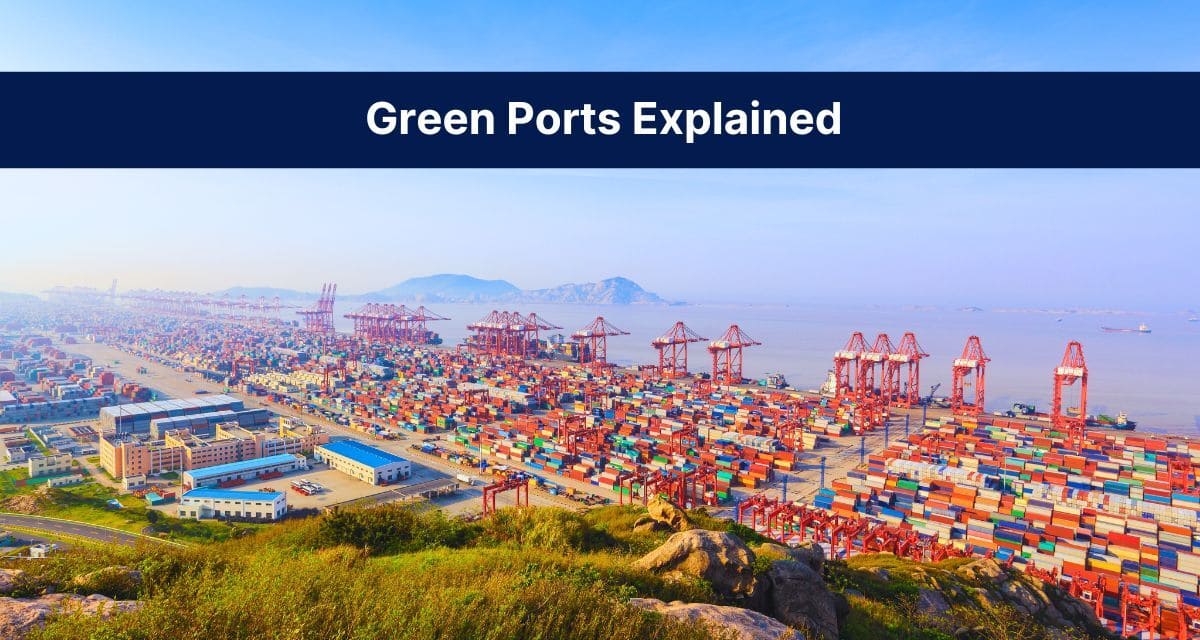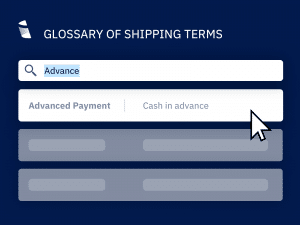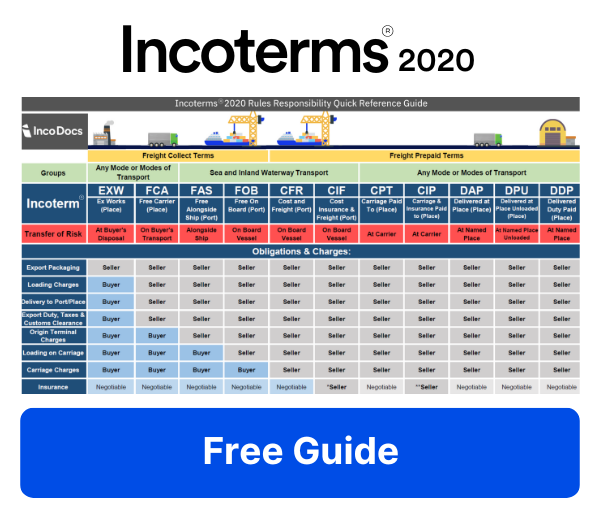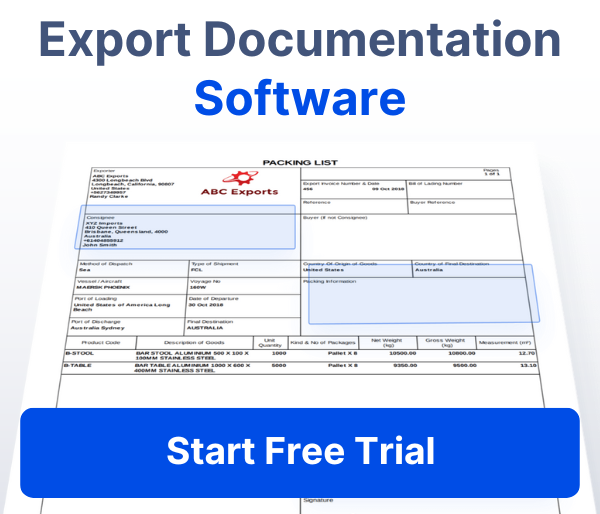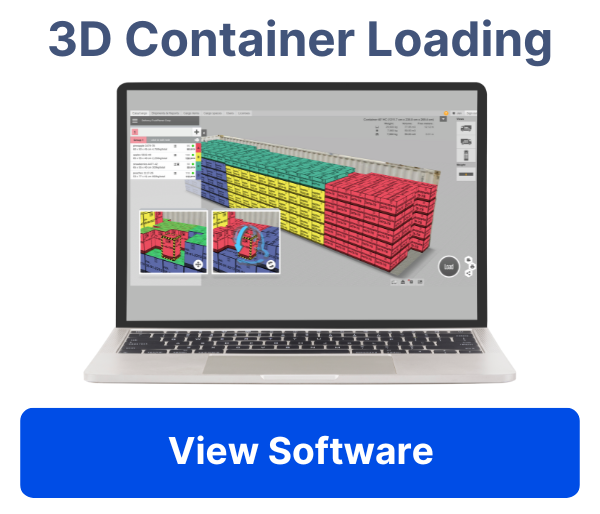What is a “Green Port”?
A Green Port focuses on reducing its environmental impact. This means using cleaner energy, reducing waste, and cutting emissions . The goal is to make port operations more sustainable.
Ports can take small steps or make large changes depending on their resources. This allows each port to move toward sustainability at its own pace.
There is a common misunderstanding about the Green Port concept. It does not mean ports only handle green or environmentally friendly products. Instead, it refers to the way they manage operations to lower their environmental footprint.
How Do Ports Implement Green Initiatives?
Ports adopt comprehensive strategies to address energy, waste, pollution, and water management. Here’s a closer look at how they implement green initiatives:
Energy Efficiency
Energy efficiency is a top priority for ports. Key initiatives include:
- LED Lighting and Solar Power: These upgrades reduce energy consumption, lower operating costs, and limit greenhouse gas emissions.
- Shore Power: Ships docked at ports can connect to the port’s power grid instead of running their engines, cutting emissions and improving air quality in surrounding areas.
Pollution Management
Ports actively work to reduce harmful emissions and noise pollution:
- Cleaner Fuels and Hybrid Engines: Switching to low-emission fuels and advanced engine technologies minimizes the release of harmful gases.
- Noise Reduction Measures: Ports implement strategies to reduce noise levels, benefiting nearby communities and creating healthier living environments.
Waste Management
Efficient waste management is essential for sustainability:
- Recycling Systems: Ports prioritize recycling to reduce landfill waste and reuse valuable materials.
- Composting: Organic waste is composted into resources like fertilizer.
- Hazardous Waste Treatment: Advanced methods safely manage hazardous materials, protecting ecosystems from contamination.
Water Resource Management
Ports ensure responsible water usage and marine conservation:
- Rainwater Harvesting: Systems collect and reuse rainwater, reducing water waste.
- Water Quality Monitoring: Regular monitoring prevents pollutants from harming marine ecosystems, supporting biodiversity and sustainability.
Low-Carbon Technologies
Investing in innovative technologies helps ports prepare for future climate standards:
- Hydrogen Fuel and Renewable Energy: These advancements significantly reduce greenhouse gas emissions.
- Green Infrastructure: Sustainable developments ensure ports remain efficient and environmentally friendly while meeting growing global trade demands.
Who Carries Out a Certification for a Green Port
Certifications help ports prove their commitment to sustainability. They show that a port has met environmental standards. These certifications also build trust with stakeholders and open doors for funding opportunities.
EcoPorts is a widely recognized program in Europe. It focuses on improving how ports manage their environmental impact. Ports can earn bronze, silver, or gold certifications based on their performance. This tiered system encourages ongoing improvement.
Green Marine is a voluntary program for ports and shipping companies in North America. It measures progress through self-assessments and annual reviews. Ports that participate can demonstrate their commitment to reducing emissions and adopting greener practices.
Port Environmental Review System (PERS) is a global certification developed by the International Association of Ports and Harbors. It helps ports identify environmental goals and track their progress. PERS is used worldwide to align ports with best practices in sustainability.
Additional Programs Supporting Green Ports
Some programs are tailored to specific regions or challenges. Green Marine Europe extends the Green Marine framework to European ports, with a focus on emissions and renewable energy. ISO 14001 Certification is a global standard for environmental management systems, helping ports demonstrate their commitment to international standards.
The Blue Flag for Ports program promotes clean water, waste management, and biodiversity in coastal areas. It is globally recognized and focuses on preserving marine ecosystems. Clean Ports Programs, found in regions like California, aim to cut diesel emissions and improve air quality near ports.
Real-World Examples of Green Ports
Ports across the globe are taking action to reduce their environmental impact. These examples highlight measurable achievements and the practical steps being taken.
Port of Rotterdam (Netherlands)
This port has reduced CO₂ emissions by 14% since 2016. Energy-efficient lighting systems have replaced older, less efficient models. RFID technology has been introduced to improve container tracking and reduce operational inefficiencies. These efforts lower emissions and support smoother logistics.
Fiji Ports
Over five years, Fiji Ports has reduced greenhouse gas emissions by 11%. It has installed solar PV systems and replaced diesel-powered equipment with electric alternatives. An energy tracking system monitors progress toward its goal of carbon neutrality by 2027. The port also focuses on waste reduction and renewable energy projects to achieve its targets.
Port of Hamburg (Germany)
Hamburg has integrated renewable energy sources, including wind and solar, into its operations. The port uses electric trucks to minimize reliance on diesel vehicles. Waste heat recovery systems capture and reuse energy that would otherwise be lost. These steps reduce emissions and improve the port’s overall energy efficiency.
Port of Los Angeles (USA)
Los Angeles has invested heavily in solar energy infrastructure. It operates one of the largest port-based solar farms in the United States. Comprehensive recycling programs process materials like metal, wood, and plastics. The port has also introduced electric cranes and zero-emission cargo equipment to cut air pollution and greenhouse gas emissions.
These ports provide clear examples of how targeted actions can lead to significant environmental and operational benefits.
Challenges and Solutions in Transitioning to Green Ports
Transitioning to sustainable operations comes with several challenges. Ports face financial, operational, and strategic hurdles that can slow progress.
Common Barriers:
- High upfront costs: Many green technologies and systems require significant investment, which can strain budgets.
- Stakeholder resistance: Some stakeholders may not fully understand the benefits or worry about disruptions to current operations.
- Efficiency challenges: Balancing sustainability with operational demands can be difficult while maintaining trade efficiency.
- Tech distractions: Ports can be drawn to flashy technologies or sales pitches that do not address their real needs. This leads to inefficient use of resources and missed opportunities.
Common questions about Green Port Initiatives
What are the pitfalls of adopting Green Port Initiatives?
One big pitfall is investing in flashy technologies that don’t solve real problems. Without a clear sustainable development plan, efforts can become disorganized and waste resources. Resistance from stakeholders is another issue. If workers or communities aren’t involved, projects can stall. Ports may also underestimate costs, making it harder to sustain progress.
What are the quick wins for starting the green transition for ports?
Small steps can make a big impact. Switching to LED lighting is simple and lowers energy use. Installing shore power helps ships rely on clean energy instead of running engines at dock. Recycling programs and energy trackers are easy to adopt and show immediate results. These actions reduce the environmental footprint and build momentum for larger changes.
